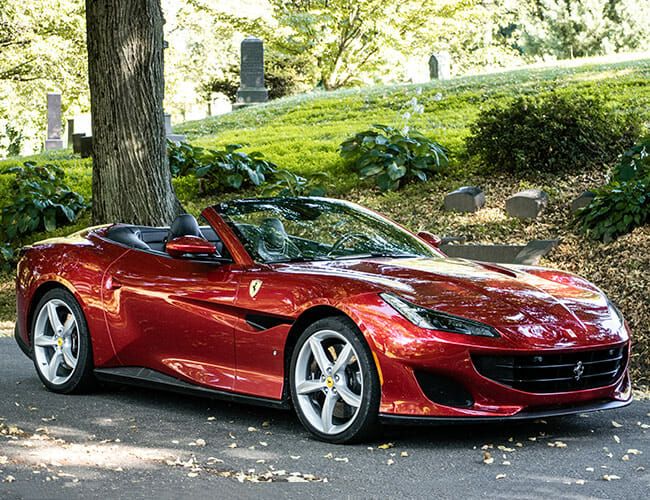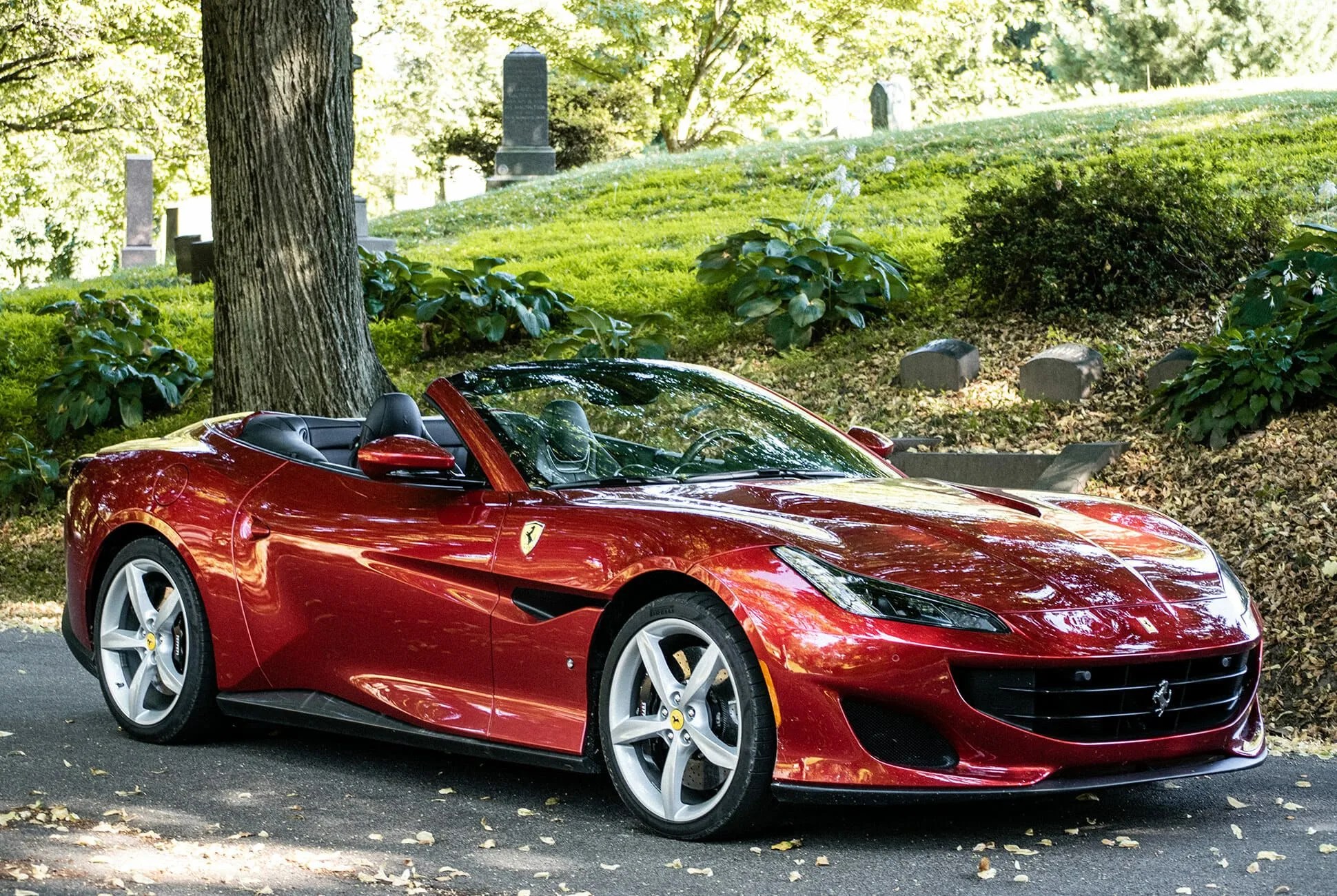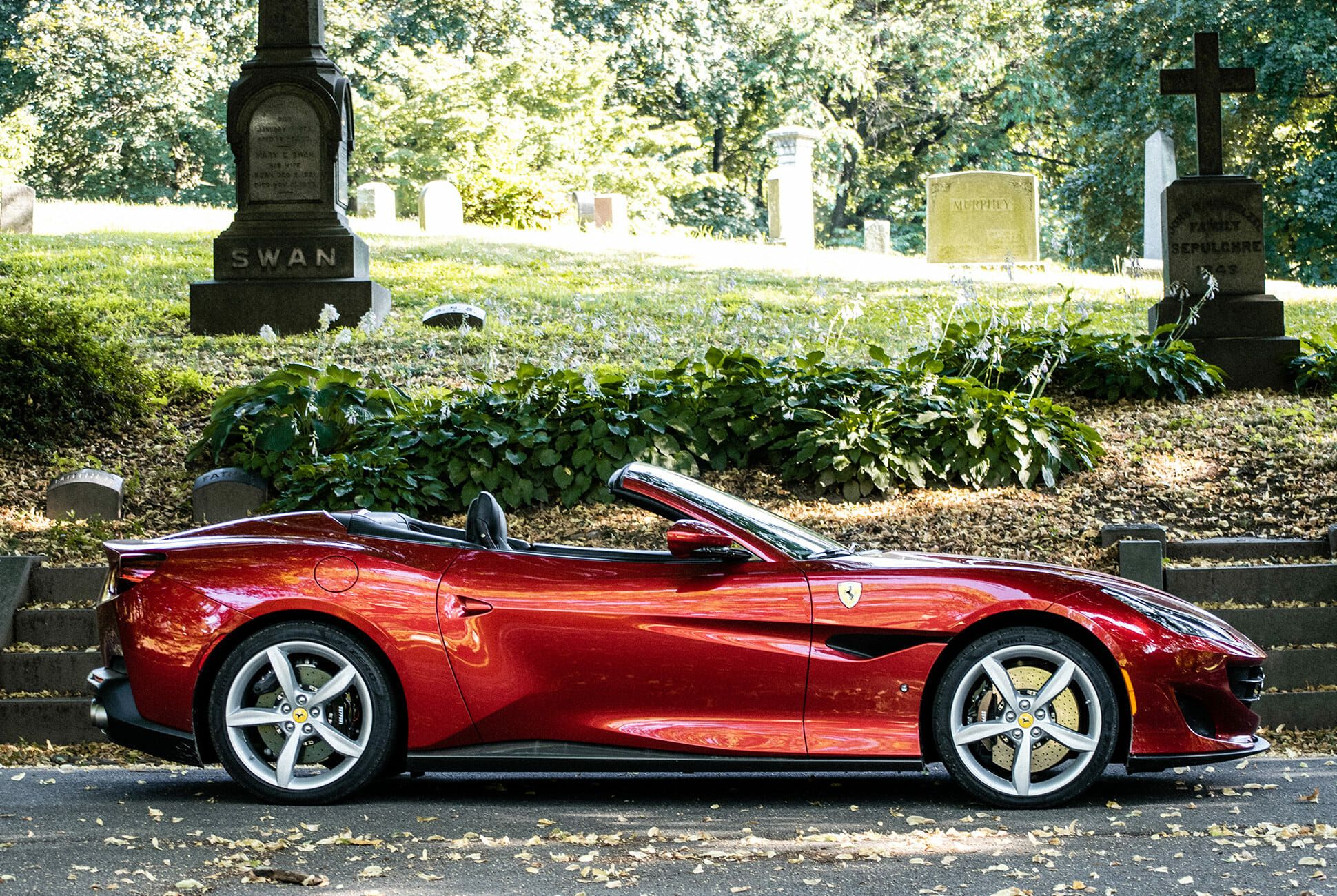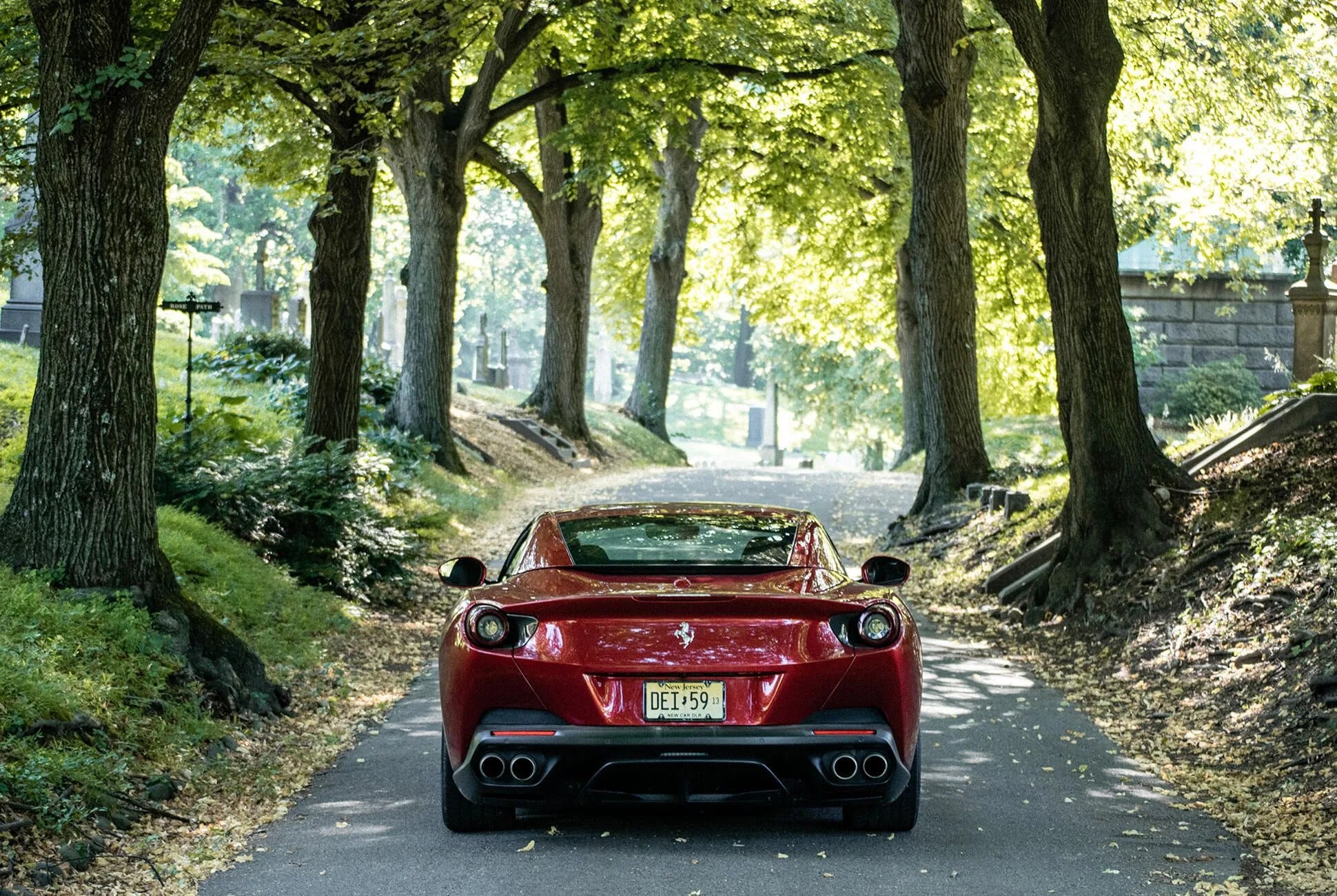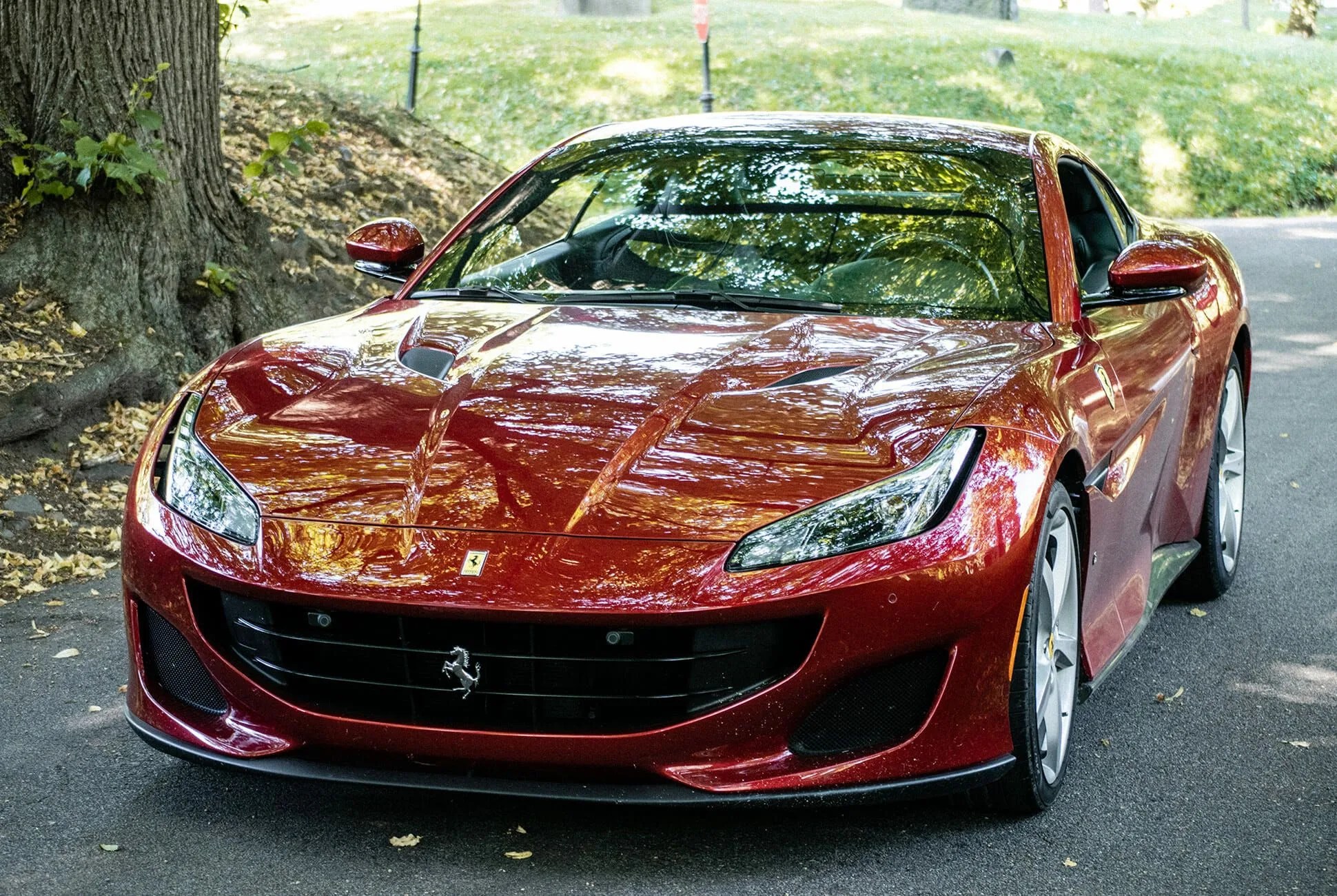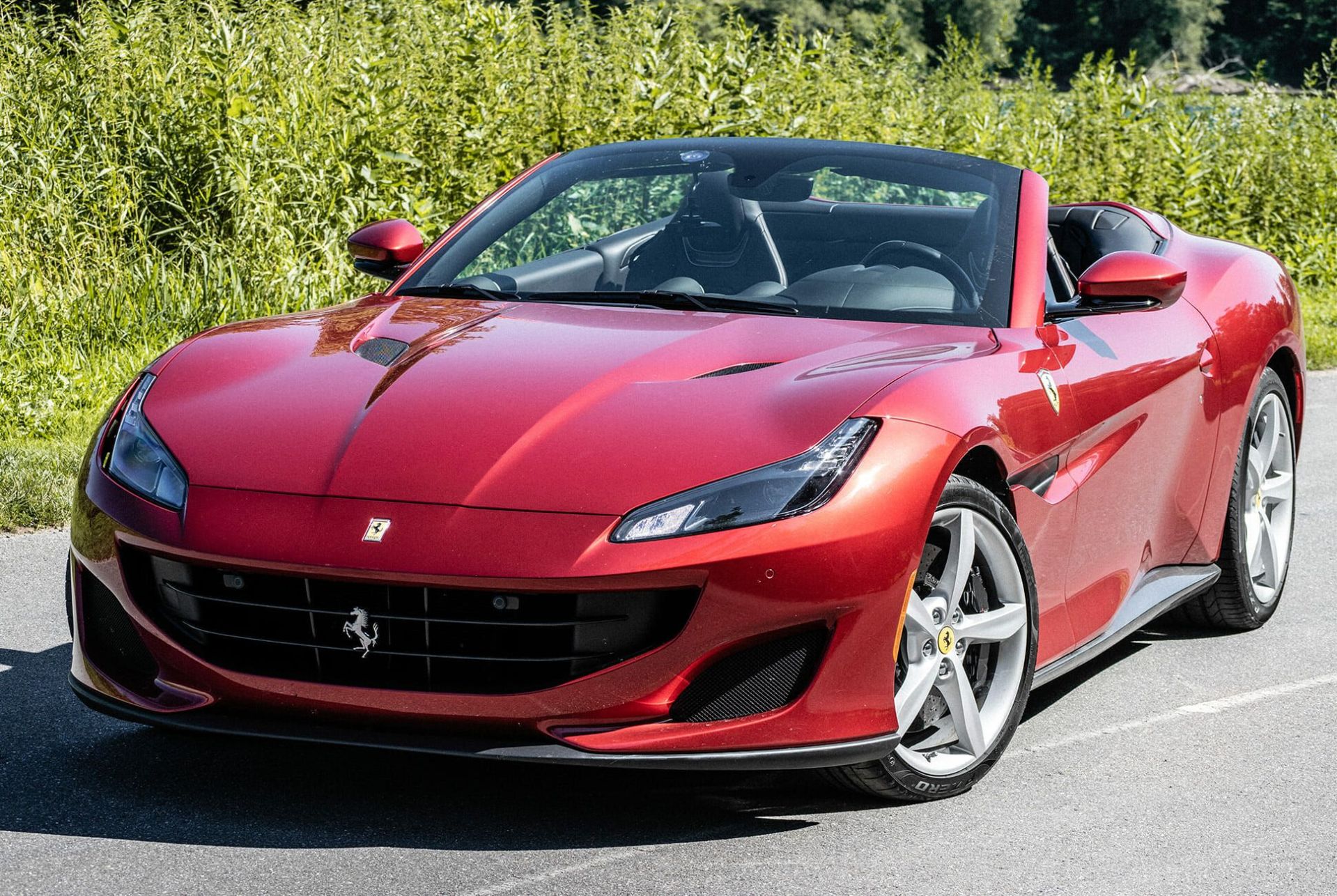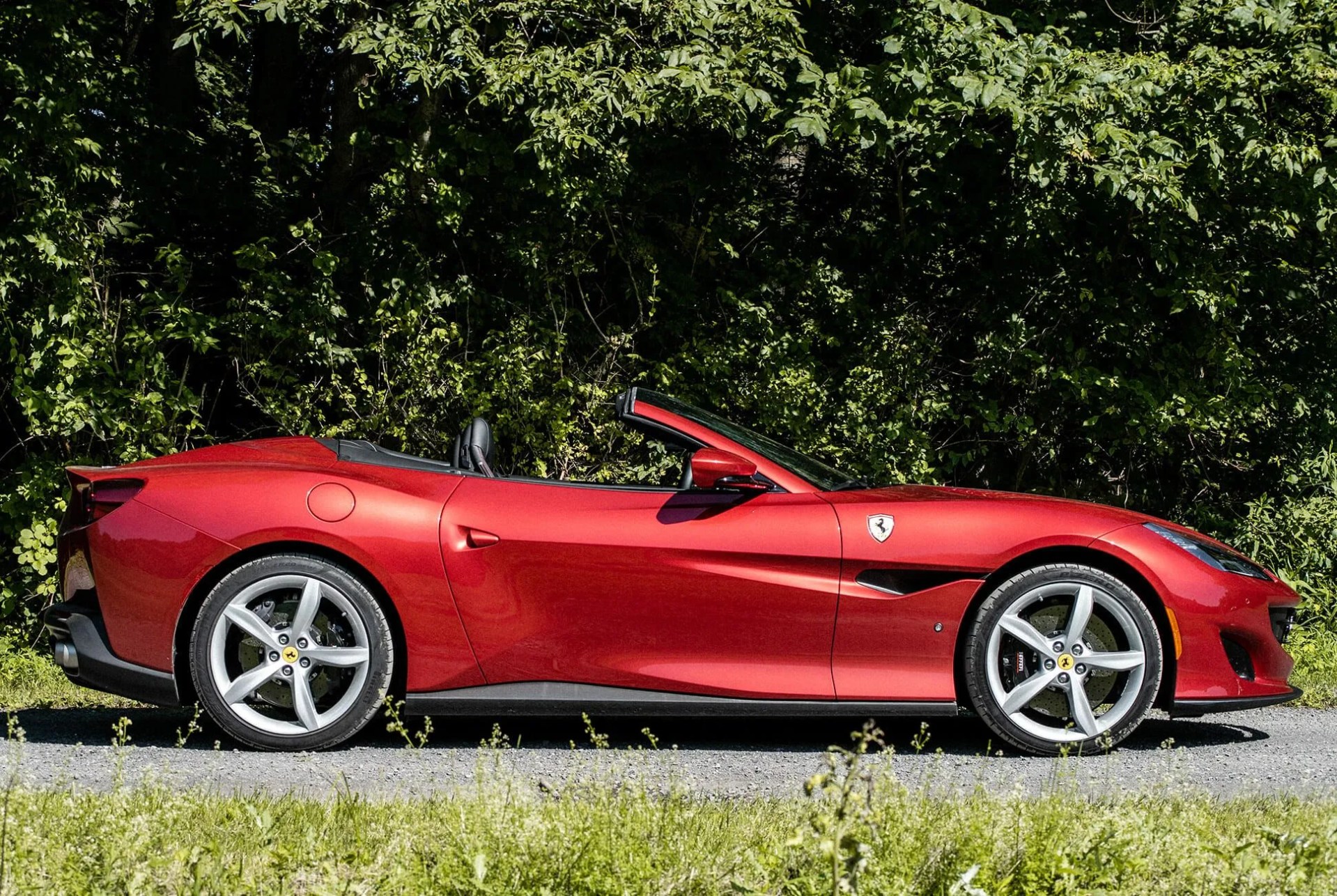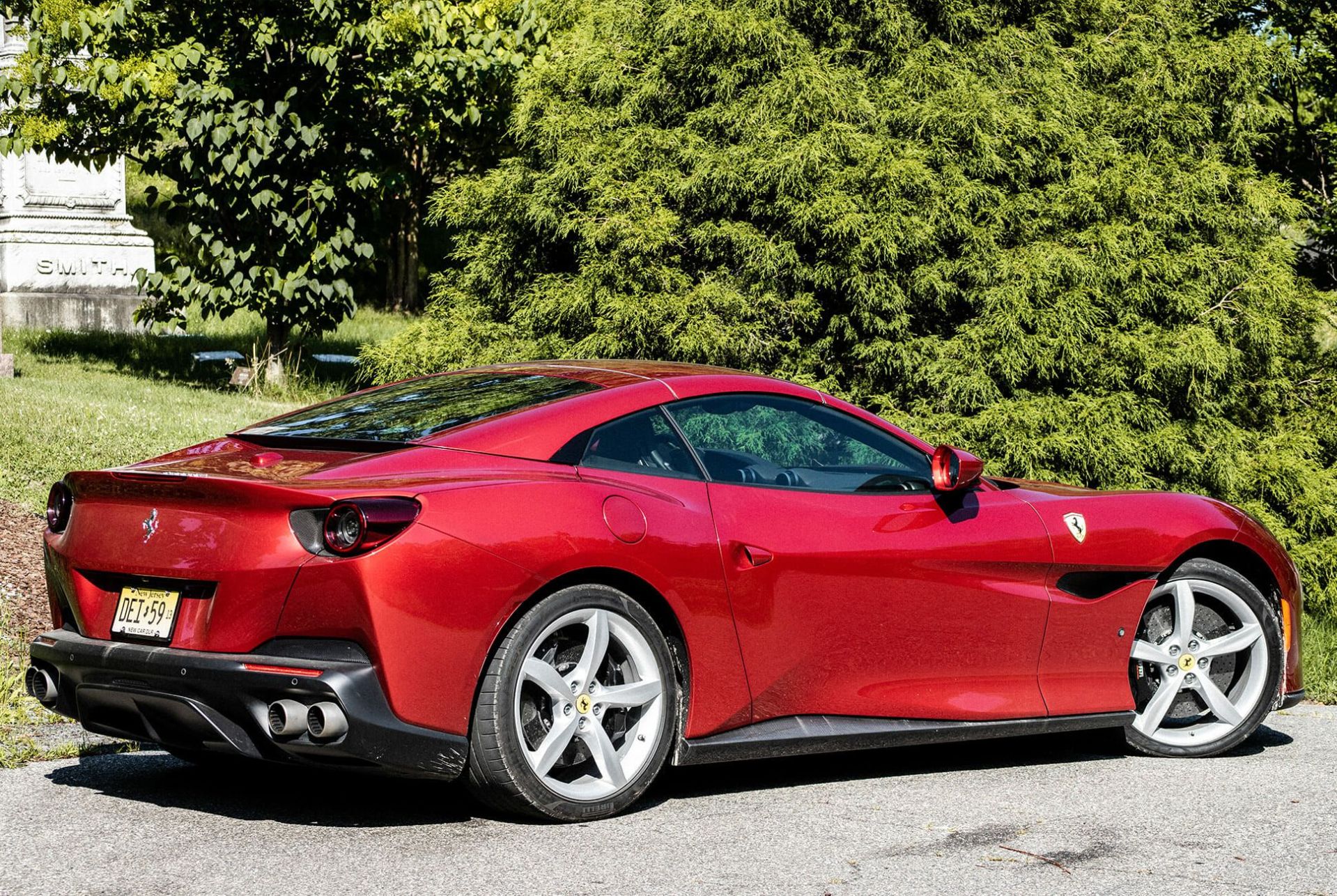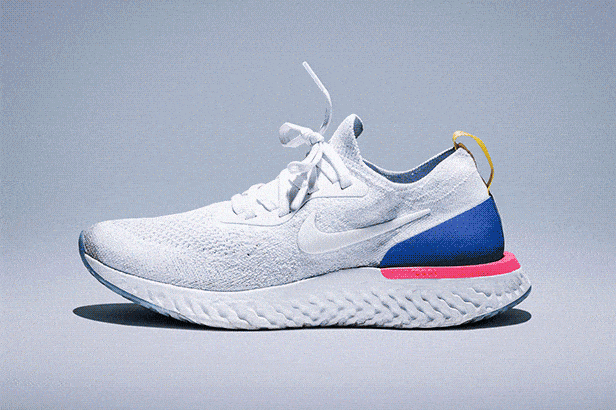4 photos
The Ferrari California never received the respect it deserved. Yes, it was somewhat of a shameless attempt to steal buyers who would otherwise have bought up a Bentley Continental GT or a Mercedes-Benz SL63 AMG. Sure, the elevated rear beltline necessitated by its retractable hardtop kind of made it look like it took fashion cues from Steve Urkel. And yeah, the front end bore a “cannot unsee” resemblance to a praying mantis. But it was still a Ferrari, though — with a resonant V8 under the hood and a steering rack tuned by angels.
Maranello isn’t a place where people succeed by letting mediocre product stink up the showroom, though. The carmaker’s first crack at redoing the Cali involved a thorough facelift and the brand’s first turbocharged engine in decades (a motor that would go on to ooze into four-fifths of the lineup, as well as down the road to Maserati HQ), along with a big “T” appended to its West Coast moniker. It was faster; it was prettier; sales picked up. But it still never seemed to quite mesh with the rest of the lineup.
So Ferrari balled the California up, hurled it through the Nerf basketball hoop into the wastebin of history, and started with a clean sheet of paper to produce the Portofino. The car is new, but the mission brief hasn’t changed: Deliver a Ferrari that’s approachable enough to woo boulevardiers who generally prefer soft cruiser convertibles without losing the spirit of the brand in the process.
The Good: Uh, it’s a Ferrari. It turns, goes and stops with a verve other cars can match, but never replicate; every moment spent behind the wheel attacking a road has a tinge of magic to it. It responds to your inputs with a directness not found in most cars. It helps make even regular commutes a little less ordinary.
On a more practical note: It has one of the most intuitive, driver-focused cockpits on sale. The steering wheel feels almost aeronautical in its multifunctional efficiency, with all the controls needed for the actual act of driving are within a hand’s breadth of 9 and 3: drive modes, wipers, high beams, shifters, suspension softener and start button. Secondary controls you’ll use often — volume, cruise control, IP info panel, headlight switch — are on the dashboard, but mere inches away from your hands. Beyond that are a pair of widescreen displays that, while a bit laggy, offer plenty of physical controls for the important tasks and touchscreen capability for the rest.
